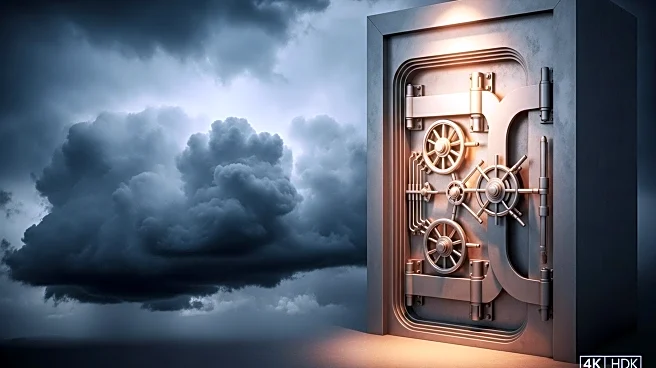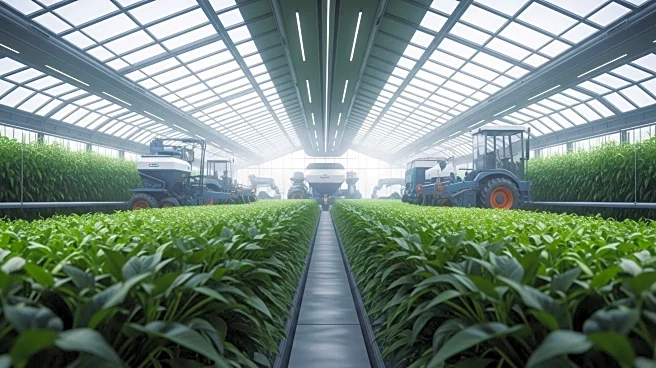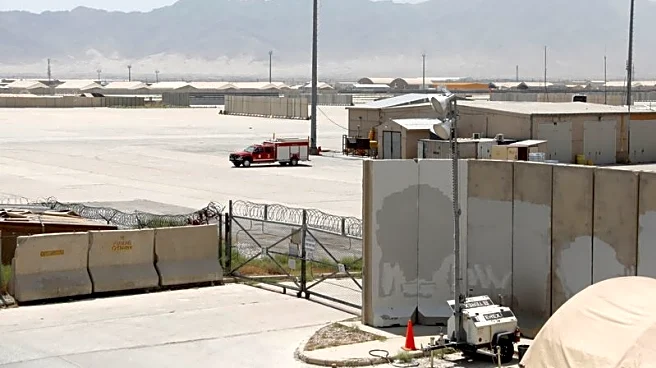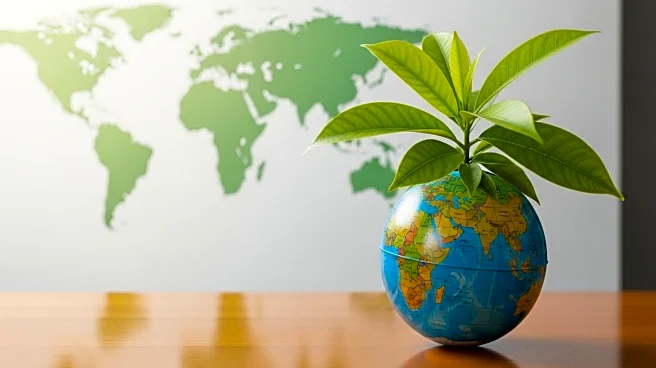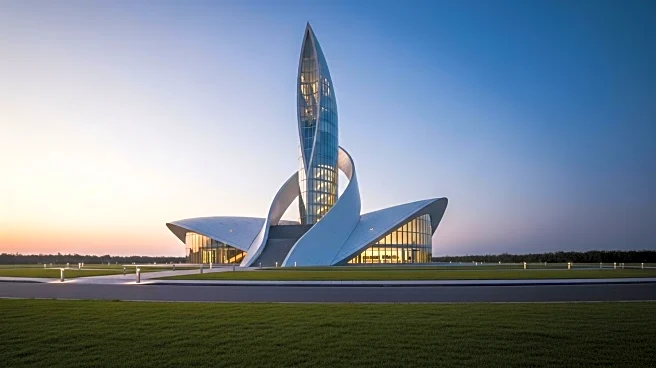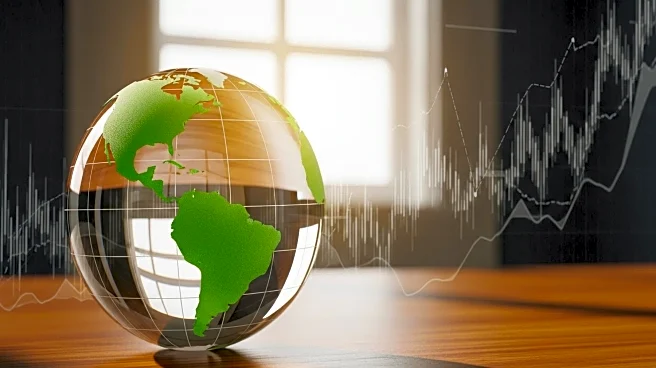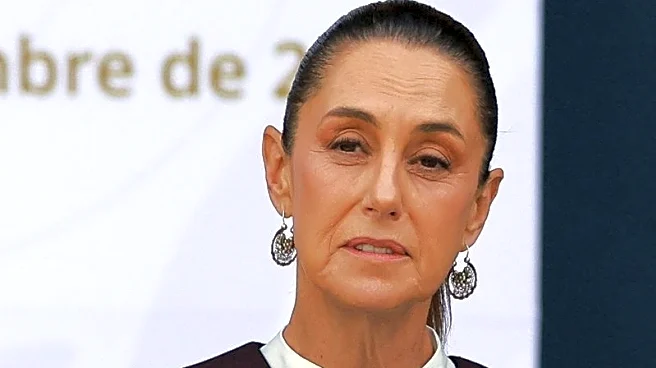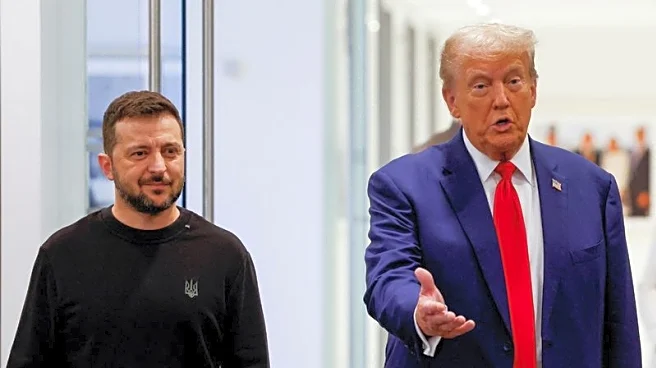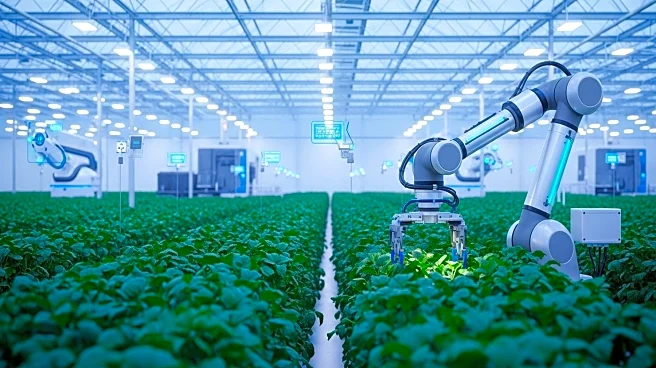What is the story about?
What's Happening?
The New Development Bank (NDB), established by the BRICS countries in 2015, is facing challenges due to political turmoil among its member countries. Relations between China and India have soured, South Africa and Brazil are experiencing political instability and economic crises, and Russia is facing economic and political sanctions. These issues have made it difficult for the NDB to lend money to Russian infrastructure companies and have restricted its scope and influence.
Why It's Important?
The political challenges facing the NDB highlight the complexities of operating a multilateral development bank in a rapidly changing global landscape. The bank's ability to finance infrastructure and sustainable development projects is crucial for addressing the needs of emerging markets and developing countries. However, political instability and economic sanctions can hinder the bank's operations and limit its impact. The NDB's unique governance structure, with equal voting rights among its founding members, may also contribute to tensions and challenges in decision-making.
What's Next?
The NDB will need to navigate these political challenges and find ways to continue financing projects that support infrastructure and sustainable development. The bank may need to revisit its original mandate and consider expanding its membership to include more countries, which could increase its funding capacity and improve its credit rating scores. The NDB's strategic outreach and partnership-building efforts will also play a key role in its future growth and impact.
Beyond the Headlines
The NDB's challenges reflect broader trends in global finance, including the increasing importance of emerging economies and the shift towards more sustainable and inclusive development models. The bank's focus on local currency use and green bonds highlights its commitment to financial innovation and environmental sustainability. As the NDB continues to grow, it may play a key role in reshaping the global financial landscape by providing alternative financing options that prioritize environmental and social sustainability.
AI Generated Content
Do you find this article useful?
